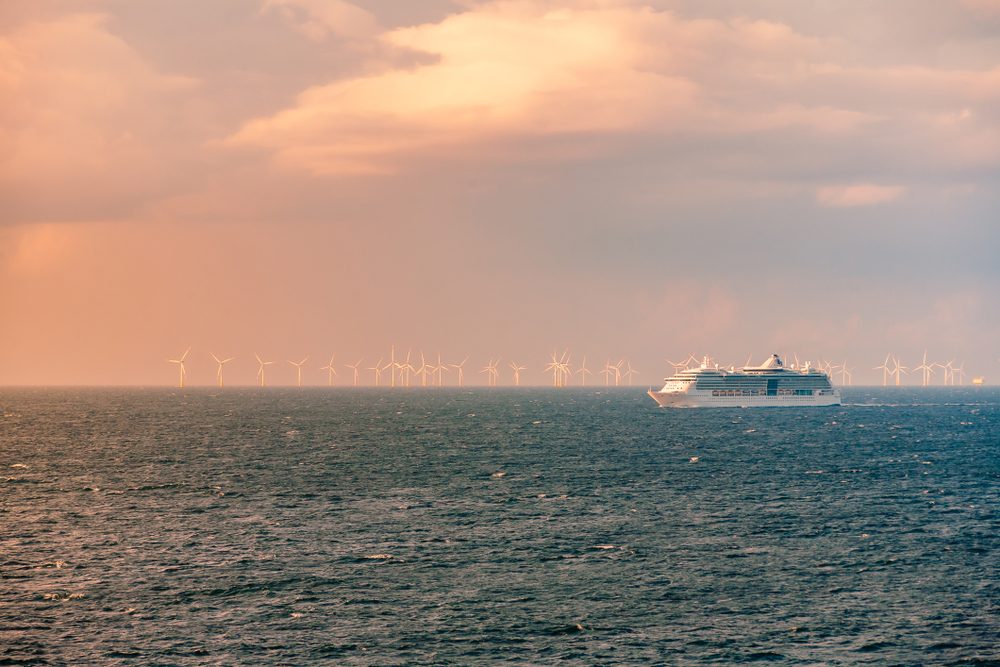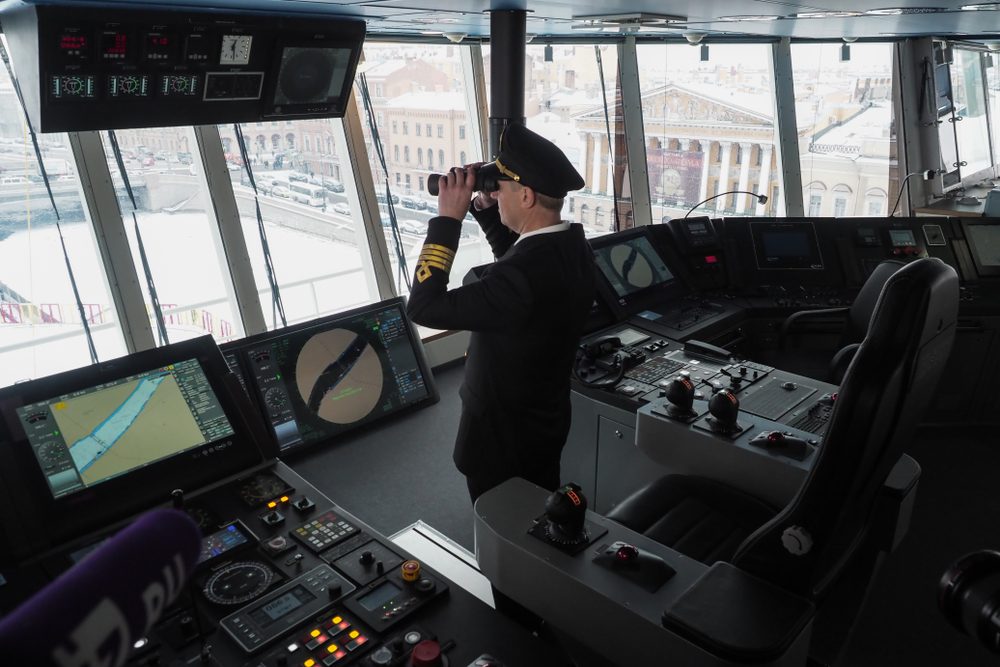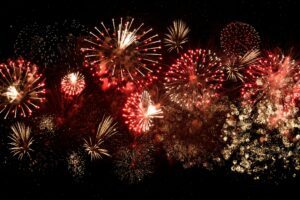Cruise ships are engineering marvels, and their propulsion systems play a crucial role in their operation. As leading cruise ship managers for cruise and expedition vessels worldwide, COLUMBIA cruise services knows the incredible performance that these vessels provide day in and day out. After all, modern cruise ships can range from smaller vessels designed for intimate experiences to massive floating cities catering to thousands of passengers. Indeed, the size and weight of the vessels is just one indicator of what is needed for propulsion.

Cruise ships can range in length from around 100 meters (approximately 328 feet) for smaller ships to over 300 meters (approximately 984 feet) for some of the largest vessels. The width, or beam, of cruise ships can also vary widely, typically ranging from around 20 meters (approximately 66 feet) to 50 meters (approximately 164 feet) for the widest ships. The weight, or displacement, of cruise ships may run from around 10,000 to 20,000 gross tons for small vessels, while larger vessels can exceed 200,000 gross tons. Gross tonnage (GT) is a measurement of a ship’s overall internal volume and does not directly correlate with weight, but it provides an indication of the ship’s size. As for capacity, cruise ships can accommodate varying numbers of passengers, ranging from a few dozen on smaller expedition ships to thousands of passengers on the largest ships. Additionally, cruise ships often have hundreds of crew members on board to provide services and support operations.
Consider, too, that the size and weight of cruise ships are not only determined by their structural dimensions but also by the amenities and facilities they offer. Modern cruise ships can include multiple restaurants, bars, theaters, casinos, swimming pools, spas, fitness centers, shopping malls, and recreational areas, all of which contribute to the overall size and weight of the vessel—and to the incredible work that the cruise ship’s propulsion system must perform in transporting these awe-inspiring vessels to fabulous destinations around the world.
To get a better sense of the below deck engineering marvels, here are some key components and features of cruise ship propulsion systems:
Diesel-Electric Propulsion: Many modern cruise ships use diesel-electric propulsion systems. In this setup, large diesel engines generate electricity, which is then used to power electric motors connected to propellers. This design offers greater flexibility and efficiency compared to traditional direct-drive systems.

Pod Propulsion Systems: Some cruise ships employ pod propulsion systems, which consist of azimuth thrusters housed in pods beneath the hull. These pods can rotate 360 degrees, providing exceptional maneuverability and allowing ships to navigate more easily in tight spaces, such as ports. Pod propulsion systems also tend to be quieter and more fuel-efficient than traditional propulsion systems.
LNG Propulsion: As environmental concerns grow and regulations become stricter, some cruise lines are turning to liquefied natural gas (LNG) as a cleaner alternative to traditional marine fuels. LNG-powered cruise ships feature engines specifically designed to run on LNG, reducing emissions of sulfur oxides (SOx), nitrogen oxides (NOx), and particulate matter.
Advanced Control Systems: Cruise ship propulsion systems often incorporate sophisticated control systems to optimize performance and fuel efficiency. These systems may include automation features to adjust engine output and propeller speed based on factors such as sea conditions, wind, and desired speed.

Dynamic Positioning Systems: Some cruise ships are equipped with dynamic positioning systems, which use thrusters to maintain the ship’s position and heading without the need for anchors. This technology is particularly useful during port operations, where precise maneuvering is required.
Environmental Considerations: Cruise ship propulsion systems are increasingly designed with environmental sustainability in mind. This includes measures to reduce emissions, such as exhaust gas scrubbers to remove pollutants, as well as innovative technologies like waste heat recovery systems to improve energy efficiency.
Overall, cruise ship propulsion systems represent a combination of cutting-edge engineering, innovative technology, and environmental consciousness, enabling these massive vessels to navigate the world’s oceans safely, efficiently, and sustainably.



